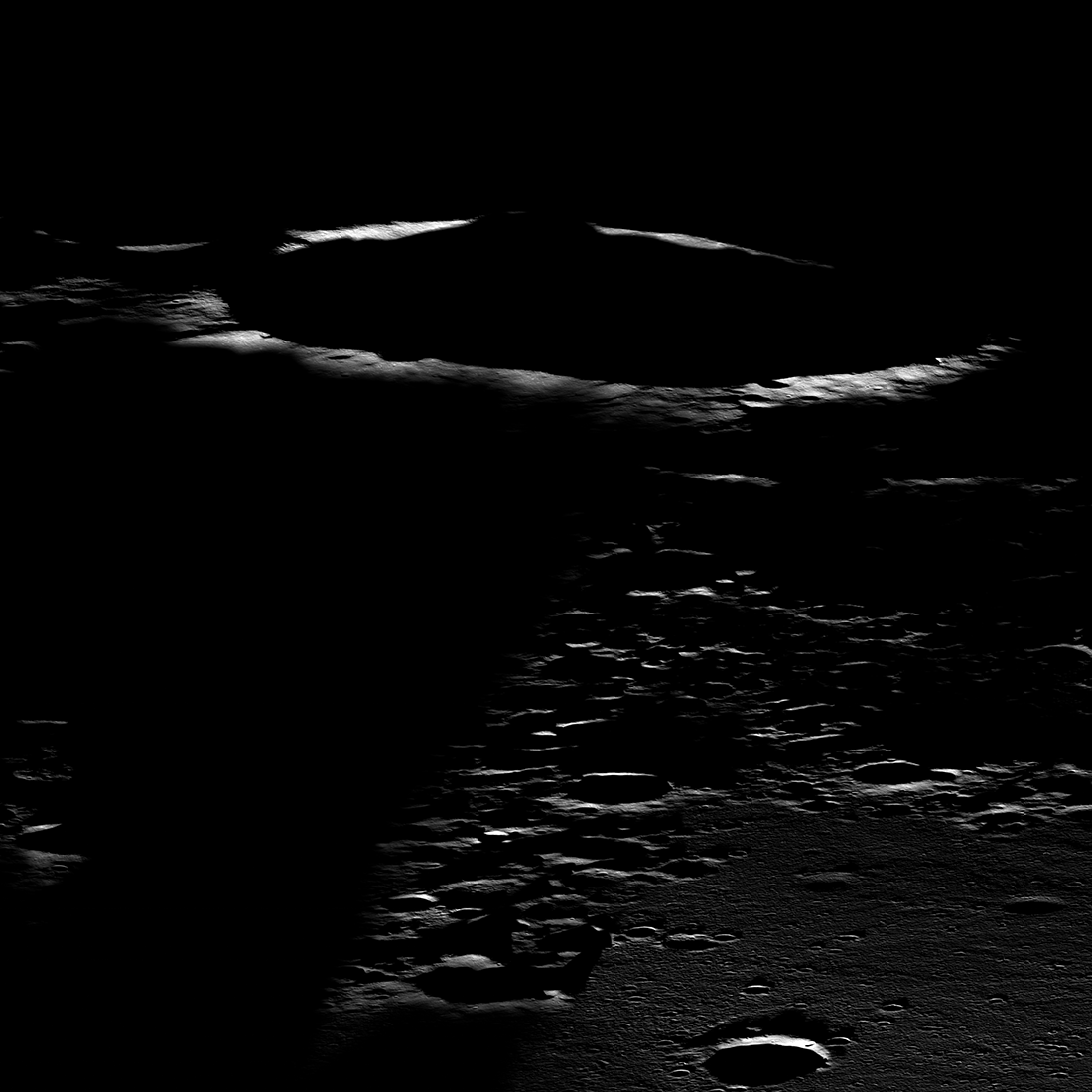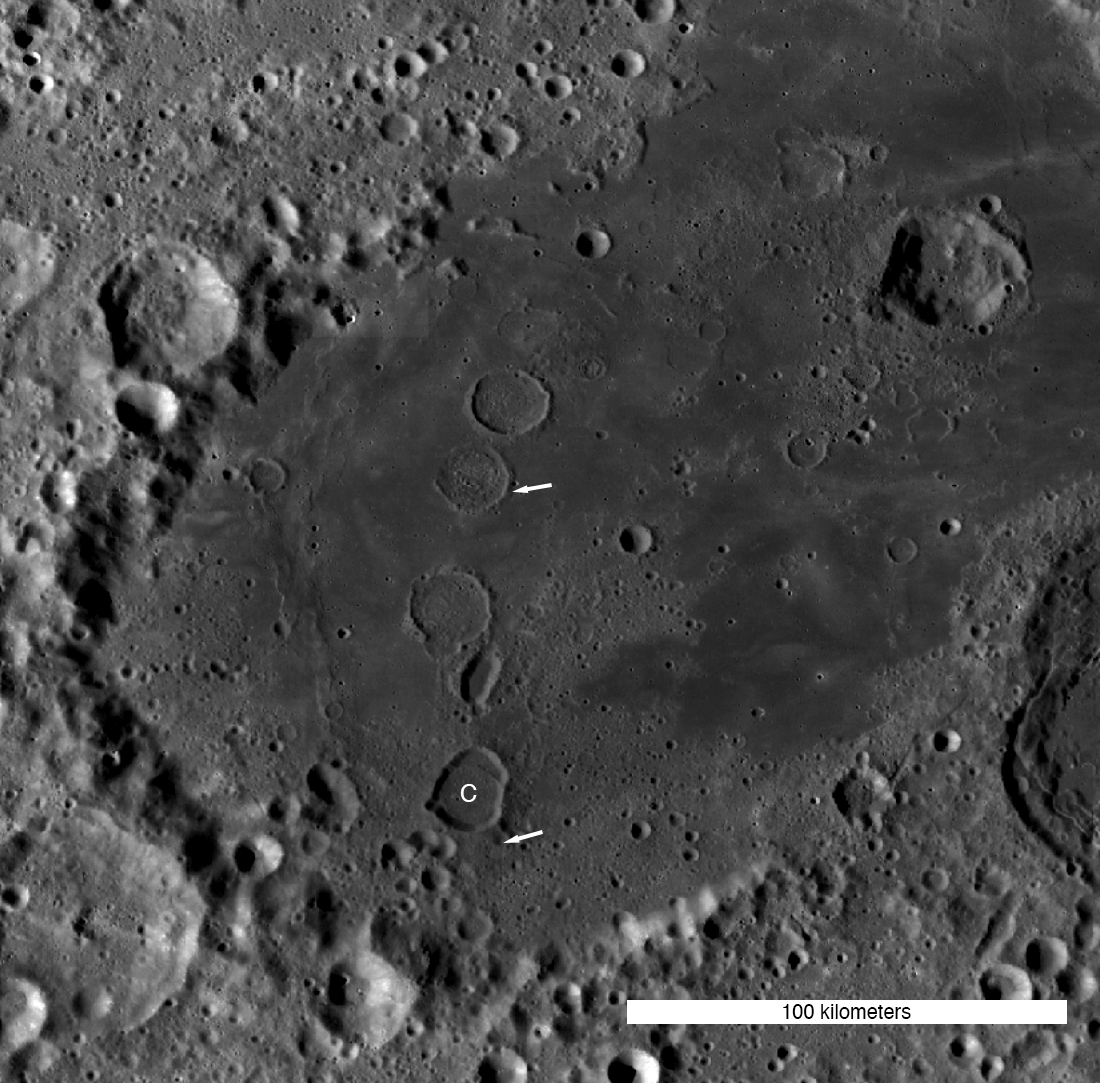
The terminator is a great circle that separates night from day. Here, shadows are at their maximum, resulting in dramatic landscapes. In this dawn view, due to the extreme shadowing, the relatively smooth surface of Mare Moscoviense appears very rough.

Images acquired near the terminator have long been used to get a better view of the topographic variation of a landscape, where even small peaks catch the sunlight and cast long shadows. Even though we now have global quantitative topographic information from the Lunar Orbiter Laser Altimeter and from LROC stereo imaging, sometimes looking at images like these can give a new perspective on the Moon's cratered terrains. Plus they are dramatic and beautiful!

Mare Moscoviense is one of the few volcanic plains on the farside, which is largely comprised of ancient cratered highland terrain. The fact that the farside was strikingly different from the familiar nearside was a surprise when the Soviet Luna 3 spacecraft returned the first farside images in 1959. The highland crust is thicker on the farside than on the nearside, which is thought to have inhibited magmas from reaching the surface as frequently as they once did on the nearside. As seen in the image above, Mare Moscoviense lies within a large impact basin, the formation of which thinned the local crust, perhaps making it easier for lavas to erupt that would have otherwise stalled below the surface. But why does this global asymmetry in crustal thickness exist? This is still a mystery, like the origins of the large-scale asymmetries observed on Mars and Mercury, though ideas like a giant impact event that stripped off a portion of the crust or asymmetric overturn of the mantle have been proposed. Someday, samples of the Moon's farside may help us resolve this mystery!
Zoom in on the beautiful terminator view of Mare Moscoviense below.
Published by Mark Robinson on 15 April 2022